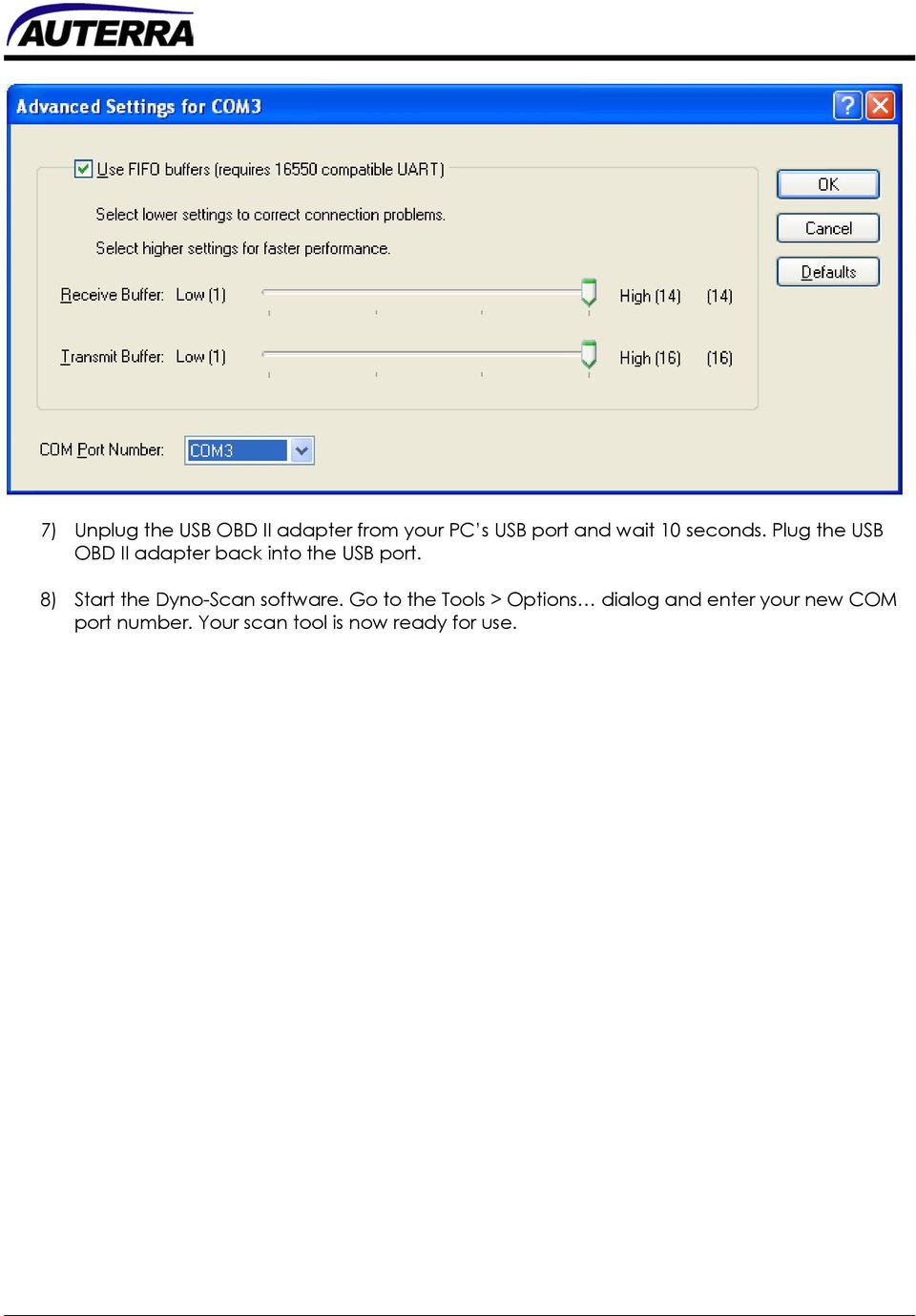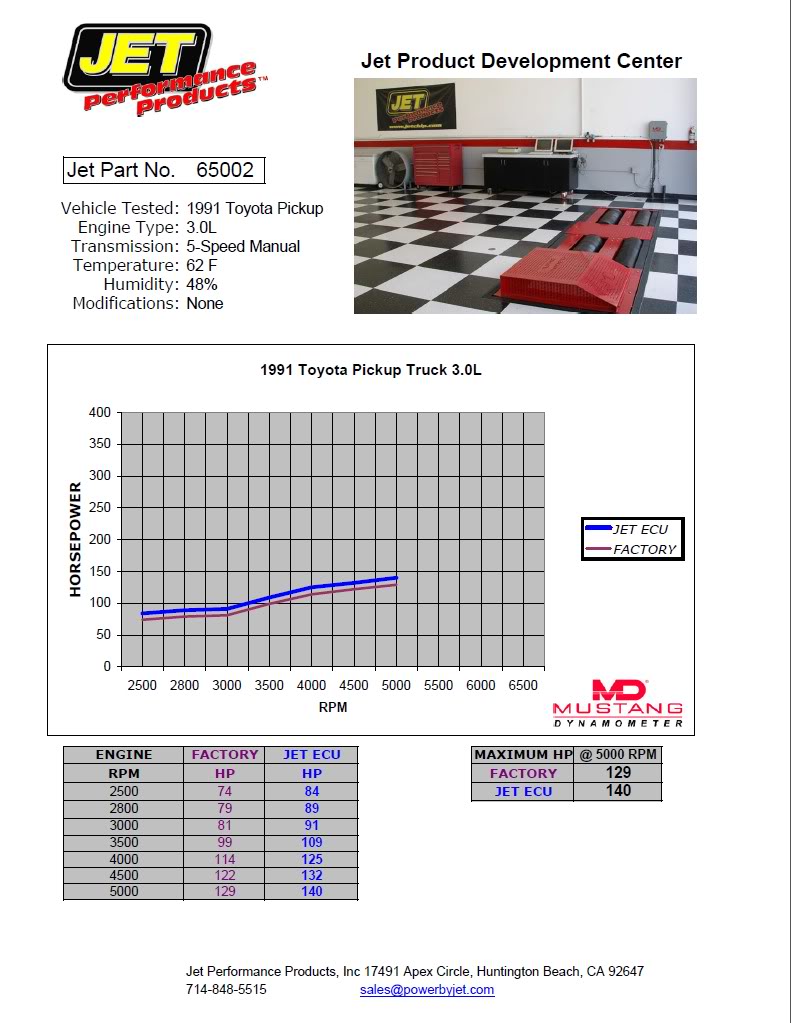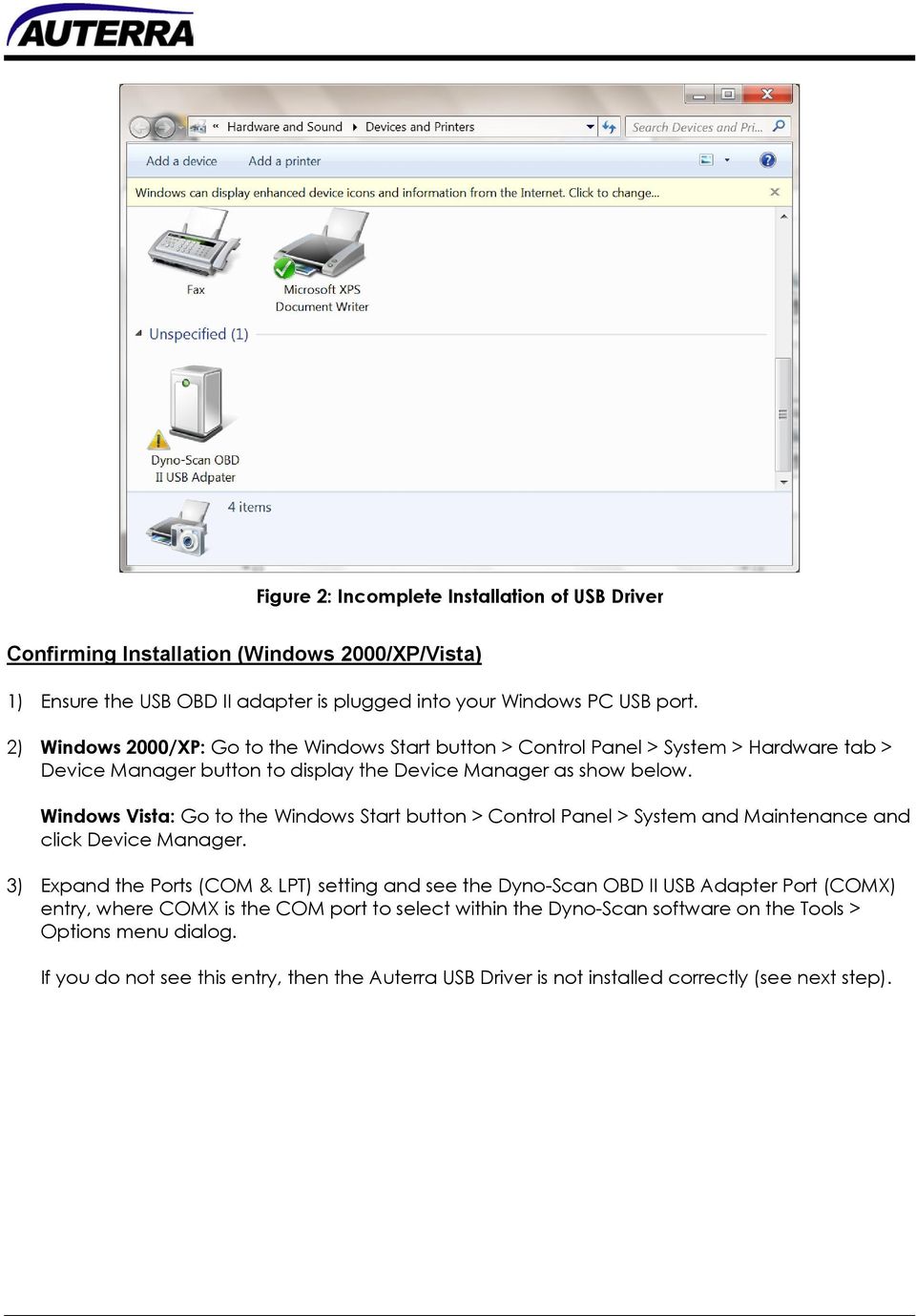Auterra Port Devices Driver Download For Windows
Windows 2000/XP/Vista/7 Installation 1) Do not plug in your Auterra USB OBD Adapter until after the driver is installed. 2) The USB driver is located on the your Auterra CD ROM in the USB Driver directory. If you don’t have the latest driver, then download in from the Auterra website. Virtual COM port (VCP) drivers cause the USB device to appear as an additional COM port available to the PC. Application software can access the USB device in the This page contains the VCP drivers currently available for FTDI devices. For D2XX Direct drivers, please click here.
-->Versions supported
- Windows 10
- Windows 8.1
Applies to
- Device manufacturers of CDC Control devices
Microsoft-provided in-box driver (Usbser.sys) for your Communications and CDC Control device.
In Windows 10, the driver has been rewritten by using the Kernel-Mode Driver Framework that improves the overall stability of the driver.
- Improved PnP and power management by the driver (such as, handling surprise removal).
- Added power management features such as USB Selective Suspend.
In addition, UWP applications can now use the APIs provided by the new Windows.Devices.SerialCommunication namespace that allow apps to talk to these devices.
Actions mobile phones app. Improvements and fixes. This update includes a fix for an incorrect device driver (“Microsoft – WPD – 2/22/2016 12:00:00 AM - 5.2.5326.4762”) that was released by a.
Usbser.sys installation
Load the Microsoft-provided in-box driver (Usbser.sys) for your Communications and CDC Control device.
Brand network & wireless cards driver. Note
If you trying to install a USB device class driver included in Windows, you do not need to download the driver. They are installed automatically. If they are not installed automatically, contact the device manufacturer. For the list of USB device class driver included in Windows, see USB device class drivers included in Windows.
Windows 10
In Windows 10, a new INF, Usbser.inf, has been added to %Systemroot%Inf that loads Usbser.sys as the function device object (FDO) in the device stack. If your device belongs to the Communications and CDC Control device class, Usbser.sys is loaded automatically.You do not need to write your own INF to reference the driver. The driver is loaded based on a compatible ID match similar to other USB device class drivers included in Windows.
USBClass_02
USBClass_02&SubClass_02
- If you want to load Usbser.sys automatically, set the class code to 02 and subclass code to 02 in the Device Descriptor. For more information, see USB communications device class. With this approach, you are not required to distribute INF files for your device because the system uses Usbser.inf.
- If your device specifies class code 02 but a subclass code value other than 02, Usbser.sys does not load automatically. Pnp Manager tries to find a driver. If a suitable driver is not found, the device might not have a driver loaded. In this case, you might have to load your own driver or write an INF that references another in-box driver.
- If your device specifies class and subclass codes to 02, and you want to load another driver instead of Usbser.sys, you have to write an INF that specifies the hardware ID of the device and the driver to install. For examples, look through the INF files included with sample drivers and find devices similar to your device. For information about INF sections, see Overview of INF Files.
Note
Microsoft encourages you to use in-box drivers whenever possible. On mobile editions of Windows, such as Windows 10 Mobile, only drivers that are part of the operating system are loaded. Unlike desktop editions, it is not possible to load a driver through an external driver package. With the new in-box INF, Usbser.sys is automatically loaded if a USB-to-serial device is detected on the mobile device.
Windows 8.1 and earlier versions
In Windows 8.1 and earlier versions of the operating system, Usbser.sys is not automatically loaded when a USB-to-serial device is attached to a computer. To load the driver, you need to write an INF that references the modem INF (mdmcpq.inf) by using the Include directive. The directive is required for instantiating the service, copying inbox binaries, and registering a device interface GUID that applications require to find the device and talk to it. That INF specifies 'Usbser' as a lower filter driver in a device stack.
The INF also needs to specify the device setup class as Modem to use mdmcpq.inf. Under the [Version] section of the INF, specify the Modem and the device class GUID. for details, see System-Supplied Device Setup Classes.
For more information, see this KB article.
Configure selective suspend for Usbser.sys
Starting in Windows 10, Usbser.sys supports USB Selective Suspend. It allows the attached USB-to-serial device to enter a low power state when not in use, while the system remains in the S0 state. When communication with the device resumes, the device can leave the Suspend state and resume Working state. The feature is disabled by default and can be enabled and configured by setting the IdleUsbSelectiveSuspendPolicy entry under this registry key:
To configure power management features of Usbser.sys, you can set IdleUsbSelectiveSuspendPolicy to:
'0x00000001': Enters selective suspend when idle, that is, when there are no active data transfers to or from the device.
'0x00000000': Enters selective suspend only when there are no open handles to the device.
That entry can be added in one of two ways:
Write an INF that references the install INF and add the registry entry in the HW.AddReg Download cynove driver printer. section.
Describe the registry entry in an extended properties OS feature descriptor. Add a custom property section that sets the bPropertyName field to a Unicode string, 'IdleUsbSelectiveSuspendPolicy' and wPropertyNameLength to 62 bytes. Set the bPropertyData field to '0x00000001' or '0x00000000'. The property values are stored as little-endian 32-bit integers.
For more information, see Microsoft OS Descriptors.
Develop Windows applications for a USB CDC device

If you install Usbser.sys for the USB CDC device, here are the application programming model options:
Starting in Windows 10, a Windows app can send requests to Usbser.sys by using the Windows.Devices.SerialCommunication namespace. It defines Windows Runtime classes that can use to communicate with a USB CDC device through a serial port or some abstraction of a serial port. The classes provide functionality to discover such serial device, read and write data, and control serial-specific properties for flow control, such as setting baud rate, signal states.
In Windows 8.1 and earlier versions, you can write a Windows desktop application that opens a virtual COM port and communicates with the device. For more information, see:
Win32 programming model:
.NET framework programming model:
Related topics
USB-RS232 Serial Converter Driver DownloadWindows 7 64-bit & 32-bit, Windows Vista 64-bit & 32-bit, Windows XP, Windows 2000, Windows Me, Windows 98
Important note regarding Windows 7 and Vista:
The driver MUST be installed 'as Administrator'
Right-click the downloaded EXE file and choose Run as administrator
Download the Windows installer for the USB RS-232 adaptor:
Download for Windows 7/Vista/XP (32-bit)
Download for Windows 7/Vista (32-bit and 64-bit)
If for some reason the above driver does not work, try one of the following:
Download for Windows 7/Vista/XP (32-bit and 64-bit - Alternate driver)
Download for Windows XP, 2000, 98/ME (32-bit only)
For older cables (purchased prior to October, 2010):
Download for Windows 7/Vista/XP (32-bit and 64-bit)
Download for Windows Vista (32-bit only)
Run the installer, then after rebooting, plug the USB end of the adapter into one of the USB ports on the computer.
NOTE: For Windows 7, please use RC build 7100 or RTM Final version. (Installer program will not run on early Windows 7 or Beta versions)
Check the software driver installation
1) Open the Device Manager dialog from Control Panel
- Windows Vista: Start >> Control Panel >> System >> Hardware >> Device Manager
- Windows XP: Start >> Control Panel >> System >> Hardware >> Device Manager
- Windows 2000: Start >> Settings >> Control Panel >> System >> Hardware >> Device Manager
- Windows 98/ME: Start >> Settings >> Control Panel >> System >> Device Manager
2) Click the plus sign (+) next to 'Ports'.
3) If the device is properly installed, 'Serialio.com USB Serial Port' or 'Prolific USB-to-Serial COM Port' will be displayed.
The software driver is properly installed, but the USB-RS232 adaptor does not work as expected

One of the common reasons that software may not work as expected with a USB-Serial adaptor when the devcie is properly installed, is many older programs (and even some new ones) only support a limited number of COM ports (e.g. only COM1 - COM4)
If the USB-RS232 adapter is installed as COM5, it may need to be reassigned to COM1 - COM4 to work with some software.
The following outlines how to to reassign the COM port on Windows XP/2K/Me/98SE
Windows XP
1) Follow steps 1-3 of 'Check the software driver installation'above.
2) Right-click on the 'Prolific USB to Serial Port', then click Properties
3) Click on the 'Port Settings' tab. Click the 'Advanced' button.
4) In the 'COM Port Number' drop-down select the desired port number. For example if the software requires COM2, select COM2. Note the COM port must have '(in use)' listed next to it, if it does then another device with that name is already installed in the system. After selecting the desire port number, click 'OK.'
5) Click 'OK' again, and the device will show up as being on the same COM port that it was before (i.e., COM5), but should show up on the selected port name when the Device Manager dialog is closed and opened again.
6) Close the Device Manager. Launch the software to use with the new COM port.
Windows 2000, Me, and 98 SE (Second Edition)
1) Follow steps 1 2 of 'Check the software driver installation'above.
2) Right-click on the 'Prolific USB to Serial Port', then click Properties.
3) Click on the 'Port Settings' tab. Click the 'Advanced' button.
4) Uncheck 'Use automatic settings'.
5) Select 'Input/Output range'. Click on 'Change Settings'.
6) Type '02E8-02EF' in the Value box. This value will change the port to COM 4. If COM 4 is in use, you must choose another port. The values for each port are.

- COM 1: 03F8-03FF
- COM 2: 02F8-02FF
- COM 3: 03E8-03EF
- COM 4: 02E8-02EF
7) Enter the value, then click OK. Click OK again, then click Yes when the 'Creating a Forced Configuration' window appears. Click OK.
8) Restart the computer. The Device Manager can be checked, to see the COM port change.
Auterra Port Devices Driver Download For Windows
Note: Adaptor may not be exactly as pictured above.
back
